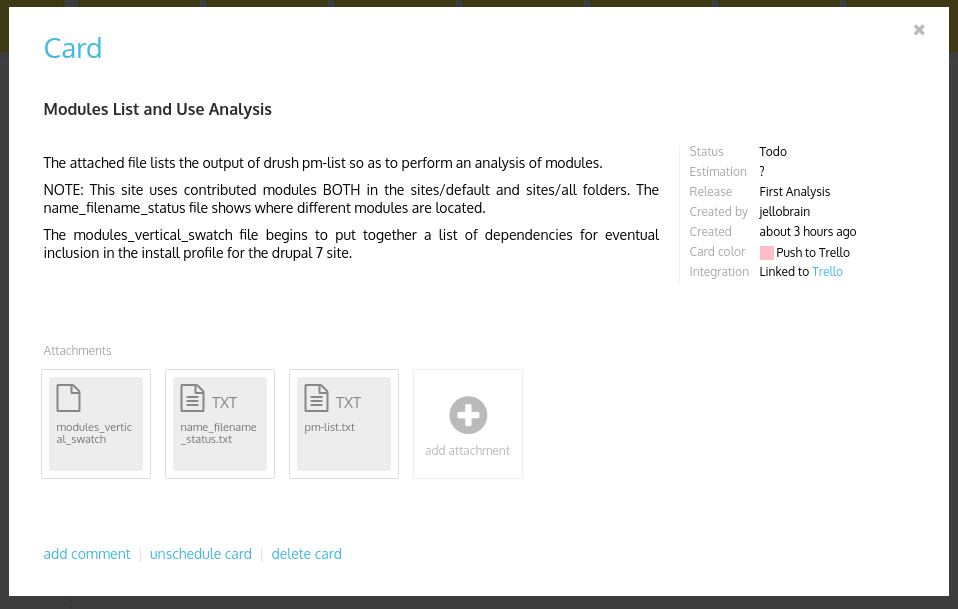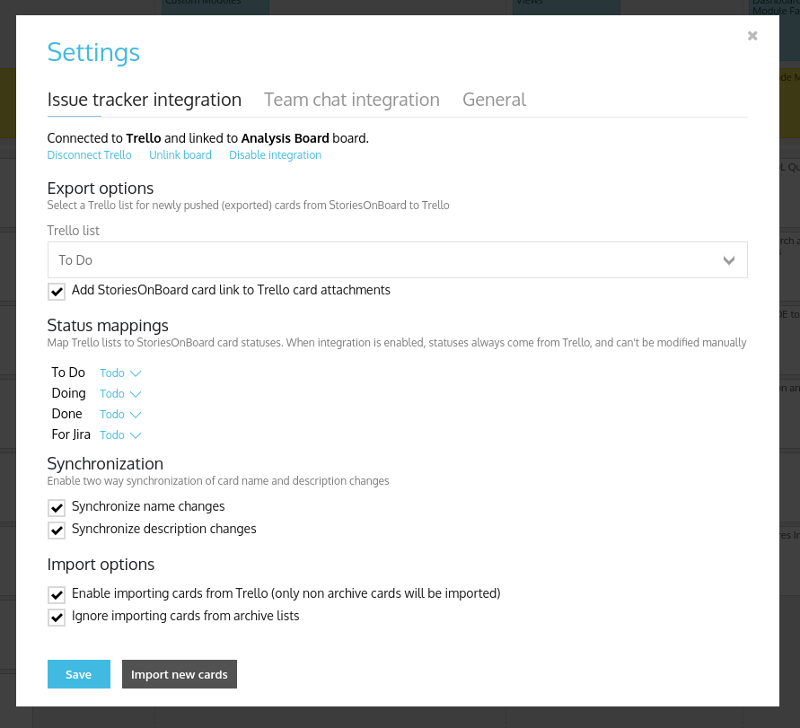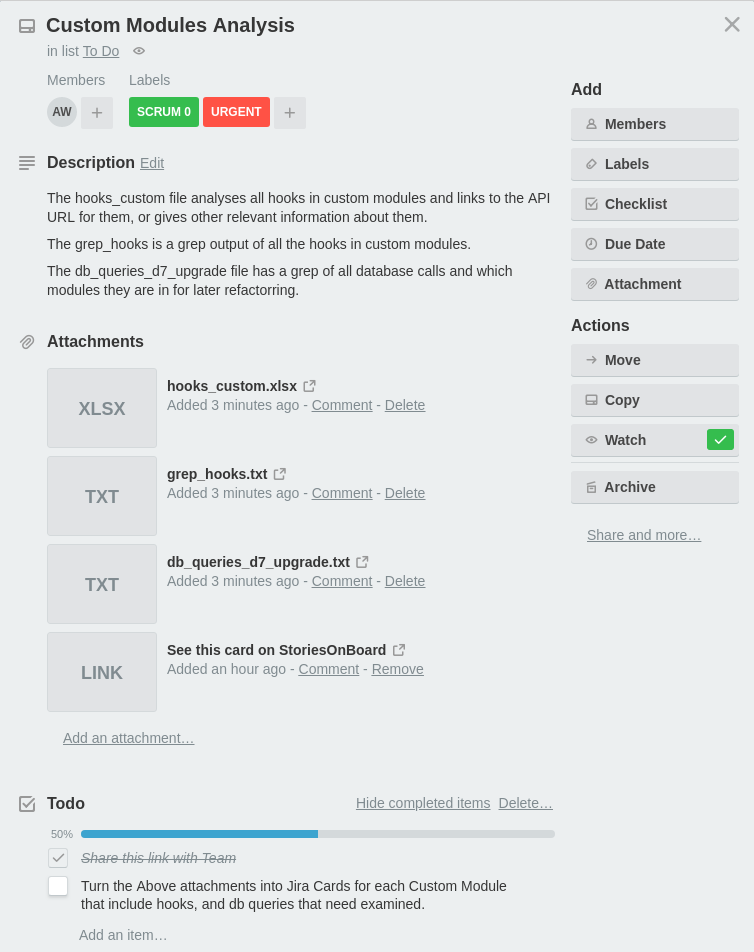 This is a guide for those considering growing their businesses to better integrate remote work-teaming.
This is a guide for those considering growing their businesses to better integrate remote work-teaming.
Many utilize the Google Suite of Calendar/Hangout/Email/Analytics, so I will not be covering the Google Suite except to say that it is a necessary evil. In that vein, I would only recommend using Google for the Calendar/Hangout/Email/Analytics functions.
In truth, there are many amazing platforms out there, and the trick is choosing the ones that will serve you well (and no others), making and communicating conventions for them, and then committing to using them. That said, I would like to go over the ones that I favor, and how I use them.
Also to give props where props are due, my work mojo has been influenced for the best by my collaboration with CivicActions. They are a fabulous technology/drupal shop with a focus on transforming government.
SLACK

Slack says it's a chat platform, but it's really your office. Unlike a physical office, you can make it as boring or as cool as you want. Instead of calling individual spaces in slack 'rooms' (keeping with the office analogy), slack refers to them as 'channels'. So in this blog, when I say 'channel' you think 'room'.
My ideal Slack Offices have two private rooms per client. In one room, we invite the client as well as the people on the work-team for that project. But then we also have trapdoor behind the bookcase in that room which leads to another private room that the client is unaware of. That way we can have sensitive conversations outside of the perview of clients.
My ideal Slack Offices have 'water-cooler' rooms dedicated to getting to know one another and sharing cool things. There might be a 'Song of the Day' channel for people to share songs and videos, there might be another channel dedicated to 'Star Trek', or 'Cooking' or 'Fitness'. I hosted a channel on 'Astrology' once.
My ideal Slack Office has a room that is only for announcements where only one of two people are allowed to post, and a separate room for talking about the announcements.
All slack channels have a Bulletin Board that shows the team members, and also contains items that folks have deemed important enough to 'pin'. That makes for quick sharing of important team information in a way that does not get lost in the chat. It also has search features that are amazing and work well, and an ability to program the slackbot responses around certain words to that, for example, when someone uses the words 'Thank you' in a chat, the slcakbot can be programmed to respond with a :flower: or :heart: or even words.
My ideal Slack Office has a room where basic instructions for using slack are pinned, and people can post tricks they enjoy using.
STORIES-ON-BOARD
Every office should have Stories-On-Board pre-made templates for different kinds of projects that it shares with it's project managers, and EVERY project should start with a session using Stories-on-Board.
Why?
Stories-on-Board is where the brainstorm happens. It is a tool that is like a stack of multi-colored Post-it notes and room full of empty walls on CRACK. When you make templates to start off with, you seed the brainstorm with ideas and formalities that have proven themselves across various projects and which are always being improved on by the team. This way your institutional intelligence as a group grows.


Stories-On-Board gives you the ability to color-code, detail, and post attachments to all of your Post-it notes. In addition to categories and sub-categories, your lists of notes can be organized into 'releases' that can be then further integrated with Trello and Jira so that the specific action points in your brainstorm can be later organized and further detailed in Trello lists, and then from Trello, tickets can be individually sent to Jira for organizing your project into iterative scrums.

TRELLO
As you create Stories-on-Board releases, you can choose to Export them into a Trello board.
A Trello board is a place to continue to refine your Releases with the Team until you have workable units of work that can then be sent to a Scrumming place like Jira or other project management platforms.
A Trello board is made of lists that you can add a card into. The cards are what get individually transferred from Stories-On-Board, and you can and should also make Trello boards that are template starters for other Trello boards.
Each card (pictured below) has a place to create multiple checklists, specify team members, color-code for prioritization, and a whole host of other useful bits.

I use the Trello boards as a way to prepare tickets for a Ticketing/Scrum/Release system like Jira. Having Trello as an intermediate keeps the Jira's of the world free of cruff - which is essential because at the point at which tickets are ready for SCRUM, we are ready to be effective and efficient.
JIRA
JIRA (or another Issue and Project Managing Software for Technology projects) is the last step in the Project Management lineup. Generally, these kinds of tools are exhaustive, and there is a trick to operating them that is not in the scope of this blog (at least not this Release ;) ).
At this point, however, the tickets that get released to Jira or a similar program are ready to go. When Jira is used as a scratchpad for new tickets, the internal organization of things gets hairy. Using this flow from ideation to Release enables the tickets that are released to Jira to be well organized and written, and viewed at this point by the team several times - which is important for familiarity and team collaboration.
EN FIN
There are many different combinations of platforms that can be used, but this particular family of different tools is what has made working remotely possible and also a pleasure.
Because in remote collaboration everything is generally written down (somewhere...), if well organized, it has been found that remote teams tend to loose information less, and collaborate more effectively. In addition, there is more accountability in systems where the majority of information is written down for obvious reasons.
You can see why here. The family of tools available for remote collaboration is well developed and immense.
